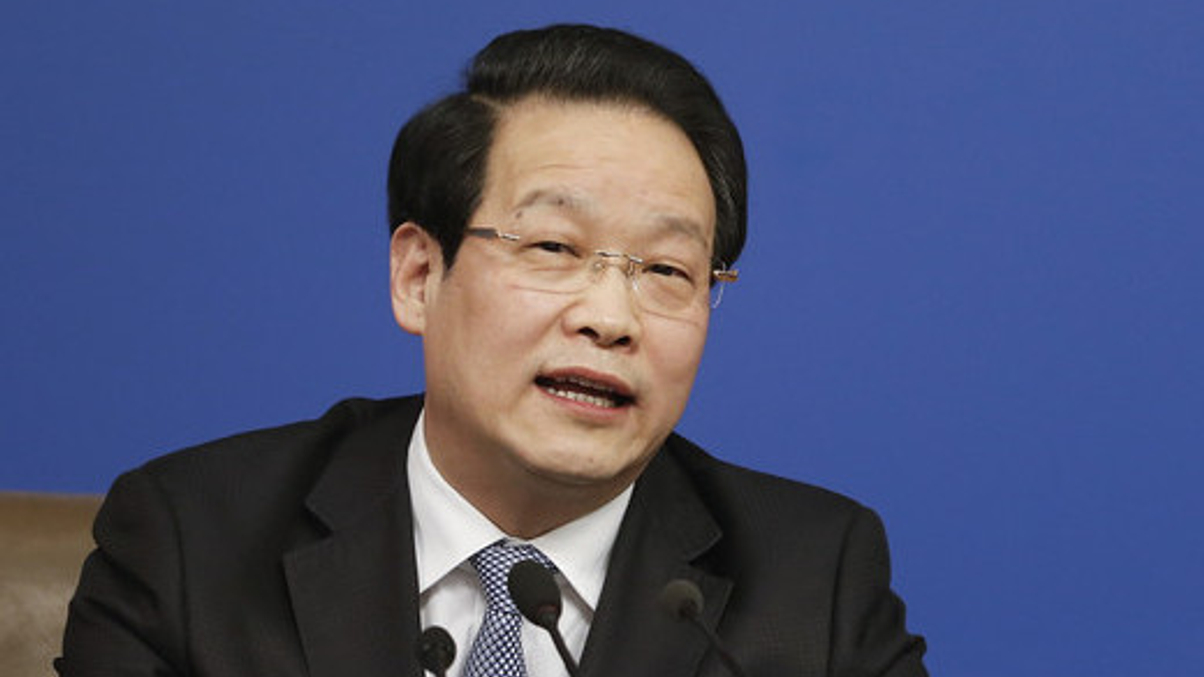Chinese insurers see returns tank, buy big into alternatives
Mainland insurers' returns fell in the first half, even as their assets grew, with alternatives now accounting for a third of AUM. Foreign asset managers may need to adapt their approach accordingly.

Despite aggressively boosting their alternative asset allocation, Chinese insurance firms saw their average investment return fall to 2.47% for the first half of 2016 (4.94% annualised) from 7.65% for last year, thanks to sharp falls in mainland equity and credit markets.
Sign In to Your Account
Access Exclusive AsianInvestor Content!
Please sign in to your subscription to unlock full access to our premium AI resources.
Free Registration & 7-Day Trial
Register now to enjoy a 7-day free trial—no registration fees required. Click the link to get started.
Note: This free trial is a one-time offer.
¬ Haymarket Media Limited. All rights reserved.


